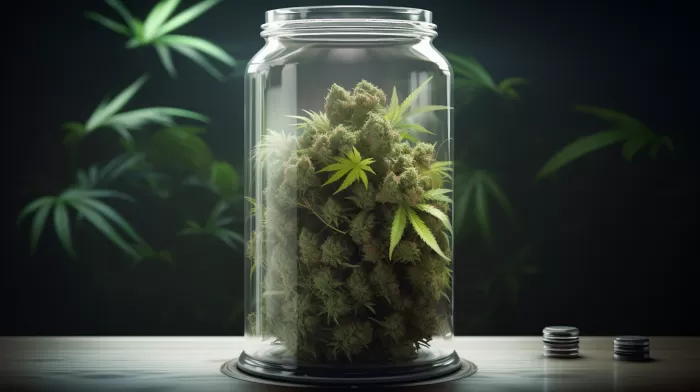If you’re one of the millions of people suffering from migraines, you’re going to want to hear this: medical marijuana could significantly reduce your migraine frequency.
In a study published in the medical journal Pharmacotherapy, migraine sufferers who were treated with medical marijuana experienced a substantial decrease in their monthly migraine rates. From an average of 10.4 headaches per month, the number dropped to just 4.6 headaches. According to Professor Laura Borgelt, PharmD, FCCP, BCPS, a study author, this improvement allowed patients to function better and feel healthier overall.
But how exactly can marijuana help with migraines?
The science behind marijuana and migraines
Marijuana has anti-inflammatory and analgesic properties, making it an effective means to combat migraine headaches. The substance also stimulates the release of serotonin and dopamine, the brain’s neurotransmitters responsible for inducing happiness. This combination makes it an ideal solution to combat the debilitating pain felt during a migraine attack.
However, not all forms of marijuana are created equal when it comes to mitigating migraines. The study discovered that smoking marijuana is the most effective for treating migraines already happening. On the other hand, edible forms of the drug, which take longer to impact the body, are useful for preventing future headaches.
Growing support for medical marijuana
The use of medical marijuana in treating various conditions is quickly gaining the support of doctors and the medical community in general, as more research and development is undertaken.
Nevertheless, there are still some obstacles in the way of its widespread use, with the primary challenge being its classification as a Schedule 1 drug in the United States. According to the U.S. Drug Enforcement Administration, Schedule 1 drugs have a high potential for abuse and severe psychological or physical dependence. These drugs are considered the most dangerous and have no currently accepted medical use.
Due to this classification, many experts have called for a reevaluation of marijuana’s status. The editor of the New England Journal of Medicine, Dr. Jerome P. Kassirer, suggested changing marijuana’s classification to a Schedule 2 drug, which are drugs with a high potential for abuse but with acceptable medical uses. Examples of Schedule 2 drugs include Ritalin, Adderall, and Vicodin.
As of the moment, 23 states and Washington D.C. have legalized medical marijuana, thanks to its 10,000-year history as a safe herbal remedy for numerous conditions. If you’re interested in discovering more about medical marijuana, including how to use it and how to get it, check out Dr. Michael Cutler’s detailed article here.
Considerations in using medical marijuana for migraines
While medical marijuana may seem like the ultimate answer to chronic migraines, it’s essential to keep a few things in mind before diving headfirst into this treatment method.
First, always consult your doctor before trying medical marijuana for migraines, as it may not be suitable for everyone. Your doctor will be able to determine whether this is the best course of treatment for your specific situation and guide you through the process.
Second, if you live in a state or country where medical marijuana use is legal, make sure to obtain it from trusted and licensed sources. This will help ensure you receive a quality product free from contaminants or harmful substances.
Lastly, remember that the use of medical marijuana, like any other medication, requires responsibility and discretion. Use it only as advised by your healthcare provider and avoid excessive consumption.
In conclusion, despite its controversial status, medical marijuana holds promise as an effective treatment for migraines. With proper research, consultation, and responsible use, this natural herbal remedy may be the key to a more manageable and migraine-free life.



